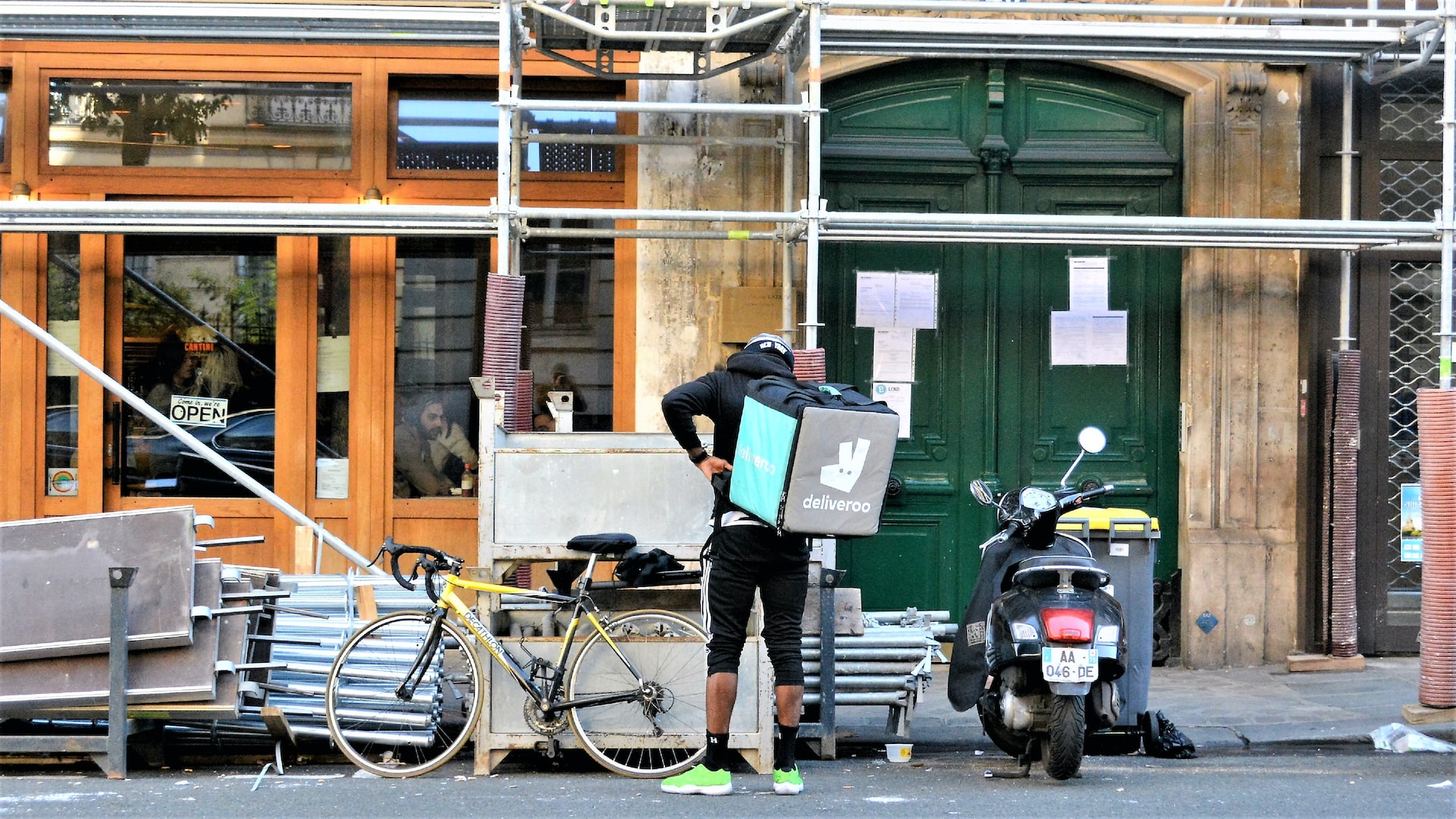Malta 2015 Refugee Crisis: How Europe’s Most Densely Populated Country Managed
Considered to be either a single urban region home to two major cities or one of the world’s most densely populated countries, the Southern European island nation of Malta is densely packed however you look at it, home to almost 500,000 people across just 316 square kilometres (122 square miles).
Malta secured its independence from the United Kingdom in 1964 and, today, is Europe’s most densely populated country. Along with 144 other nations, Malta is a signatory to the United Nations High Commissioner for Refugees (UNHCR) Refugee Convention, which was established to protect people displaced from their countries due to issues of war, persecution or disaster.
Signed in 1951, the Convention sets out refugee rights, including safe asylum and ‘at least the same rights and basic help as any other foreigner.’ Recommendations that refugees are treated like nationals as much as possible includes a requirement of non-discrimination in paid and self employment. But in Malta in 2015, the conventions of the Convention were put to the test.
What caused the 2015 refugee crisis in Malta?
In 2015, political change in regions to the south and east of Europe contributed to a mass movement of people, with refugees primarily of Middle Eastern and African origin arriving in the European Union (EU) via land and sea. Due to the geographical origin of this event, Malta and other EU border states in the south and south-east experienced a high number of refugees and, with EU law mandating asylum applications at the country of entry, more complex logistical demands.
Though the European refugee crisis is widely seen as having started in 2015, its timeline is viewed differently in Malta. The number of asylum seekers arriving by boat peaked in 2008, and between 2009 and 2013 Malta received the highest number of asylum seekers compared to its population—20.1 per 1,000 people compared to the EU average of 2.9. This can be attributed to its sea border with Tunisia and Libya and proximity to other countries experiencing upheaval from the anti-government uprisings known as the Arab Spring.
How did Maltese media report on migration & refugees?
Despite what Ethical Journalism Network refers to as a ‘vibrant media landscape’, a sensationalistic reporting approach to the refugee crisis in Malta was evident. Use of the term ‘illegal immigrants’, rather than refugees or asylum seekers, was widespread – language which is specifically designed to dehumanise refugees and build negative perceptions.
This dehumanisation went beyond the media, being evident in Maltese government policy. Malta is the only EU state to have automatically detained irregular immigrants on arrival, against international human rights laws and the norms, principles and rights of refugees outlined in the Refugee Convention. Vessels of Non-Governmental Organisations intended to help refugees at sea were stopped from docking and stopped from leaving Malta had they been able to dock.

The impact of Malta’s geographical location
While Malta’s geographical location resulted in the arrival of refugees, it is this location which underpins much of the country’s economic advantage, being close to continental Europe, the Middle East and Northern Africa. Yet Malta faces economic challenges due to its low population size. The Maltese Ministry of Labor, arguing that these challenges can be resolved by immigration, stated in 2018 that 30,000 foreign workers were needed over four years to meet their economic growth targets. With minimal reading between the lines, a lack of enthusiasm for this target could be seen within the comments of Clyde Caruana, chair of a Ministry of Labor initiative, who stated that ‘really and truly we do not have any other choice’. This view towards immigrant workers of any qualification or social status may partly explain a lack of willingness to welcome refugees and support them with a right to work.
It is somewhat ironic that the Maltese government has a stated need for foreign workers to achieve economic growth targets and a policy of detainment which denies the right to work to people from other countries. Malta, however, is not alone in its lack of support for the UNHCR’s refugee work rights, with over 20 countries placing restrictions on it and 12 treating it as aspirational. If work is indeed important for the successful integration of refugees into new cultures, these restrictions could be seen as a deliberate effort to reduce integration, and thus the attractiveness of Malta as a destination or longer-term home. This evaluation is supported by the views of Maltese Prime Minister Joseph Muscat, justifying his government’s policies based on a need to ‘attract people who do certain kinds of work’.
Did Malta Have the Most Refugees?
Despite critique of its approaches, Malta acted within the framework of its own legislation, albeit in a grey area where much of it contradicts the Refugee Convention it signed up to. Additionally, an implication of flexibility is suggested within the Convention due to it acknowledging the right to work as potentially unworkable if the number of refugees is too high. This could reasonably be argued to be the case in Malta with its highest-per-capita refugee levels. Unhelpfully, the convention notes the figure of half a million refugees as their benchmark—which indeed would be very high in a small country like Malta. By avoiding per-capita clarity, the issue can be harnessed for local interpretation. While this may have been deliberate—flexibility is common within international agreements—critique is difficult when the terms have been presented in such a way.
Malta’s influence on EU migration policy
Malta is a small peripheral state, with those circumstances seeing it disproportionately challenged by the arrival of mass refugees. However, while initially finding itself as a gatekeeper for an EU-wide issue, Malta has since ended up in a position of power to influence EU-wide migration policy. Alongside efforts to fortify external EU borders, reducing the entry of asylum seekers, controversial agreements with countries such as Turkey, Sudan and Eritrea have been entered into, effectively outsourcing immigration control and blocking the movements of people in need.
Though Malta is a signatory to the Refugee Convention, legislation and attitudes in the country can be seen as contradictory to the Convention’s values. The scale of the challenges associated with the EU refugee crisis may have resulted in a scenario where Malta has effectively prototyped an EU-wide political and cultural status where positive refugee relations are endorsed in theory but not in practice.


